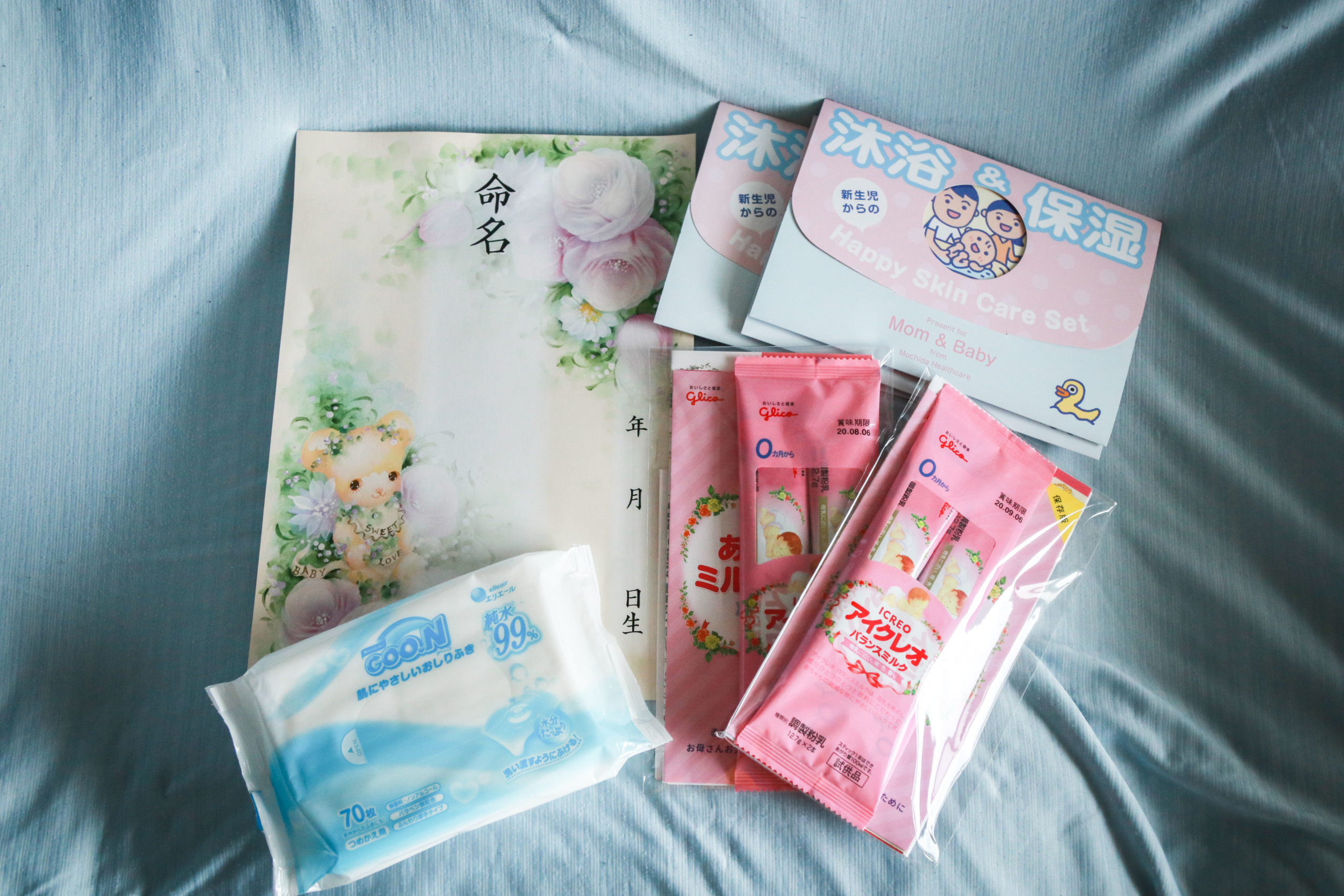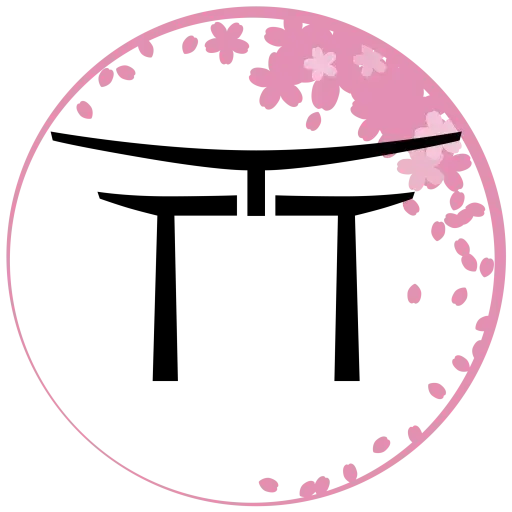Birth Preparation Class in Japan

Last Updated on September 15, 2024 by Kay
This post may contain affiliate links, meaning I may earn a small commission on any purchases through those links at zero additional cost to you. Whatever I make goes to keeping this website running and I am forever grateful for the support. See my Privacy Policy for more information.
Wondering what a birth preparation class in Japan is like?
When I was expecting my first child, my husband and I started our 10-day Golden Week by attending a 3-hour 教育出産準備クラス (Educational Birth Preparation Class), which was provided by our clinic.
We had to sign up beforehand and had completely forgotten about it until we wanted to discuss the birth plan with the clinic (clearly we’re on top of this “parents-to-be” thing). This class was only available for women who were at least 28 weeks along in their pregnancy and nothing was available except for the first day of Golden Week, and as we decided not to travel anywhere, we really lucked out!
The class cost 2000 yen but if the partner wanted to attend, it would be just 3000 yen for two. The class size was quite small with just 7 couples in attendance. We sat in a circle on some cushions on the floor, which was uncomfortable at first but served a purpose later. We also received a small bag full of samples such as powdered formula and baby skincare products (pictured above).
Table of Contents
Self-Introduction
The class began with a self-introduction in which we went around the room and introduced ourselves (this was in Japanese but is something I dislike doing in any language). We also had to state our due date and one thing we were worried about or struggling with during our pregnancy. I may have mentioned that as a Canadian, I was pretty worried about giving birth in Japan.
Interestingly, a lot of women had the same concerns, primarily that our left leg hurt! It turned out that as the uterus tends to be on the right side of the body, the left leg was working extra hard to make up for the imbalance.
Some women also mentioned that they had trouble sleeping and we learned that the closer we get to the due date, the less we’re able to sleep. It’s almost like our bodies are preparing us for the sleeplessness that comes when we have a child! Many of the spouses expressed not knowing what to do to support their spouse when in pain, so later on they learned some massage techniques to help us mamas out.
Nearing the Due Date
We received a brief explanation accompanied by a projected illustration of how our bodies will change closer to the due date. Naturally, as the baby becomes bigger and is ready to be born, our organs become more squished and the baby’s head is right against our bladder, making us want to go to the bathroom much more often. (As I’m already going once an hour, I can only imagine what that will be like!)
After that, we learned about signs that indicate that we may need to visit the clinic (whether or not the baby is coming), such as bleeding (おしるし), water breaking (破水 or はすい), and contractions (陣痛 or じんつう) that are 7 to 8 minutes apart. The basics. Once any of those things happen, we were advised to call the clinic.
Childbirth
Here we did a little exercise where we worked with the couple next to us to determine the order of events that lead up to a baby being born and the hours after. We arranged about 30 cards that were labeled things like “going to the washroom”, “how much longer”, “water broke”, “take a bath”, “walk around”, “kangaroo care”, and surprisingly (perhaps reassuringly), “laugh”.
It was interesting to learn the actual order but I somewhat wished they had put it on a screen or given us a handout because there were so many things that I found it hard to remember. I found it a bit surprising that we were encouraged to take a hot bath before coming to the hospital as it would relax our bodies and make it easier to give birth. We were also told to make sure not to have any cold drinks because it would hinder labor.
One thing I liked about this clinic is that it encourages skin-to-skin bonding right after the baby is born. We can decide whether or not to clean the baby up and then get to bond with the baby on our breast and feed the baby right away for the next hour or so. This is known as “kangaroo care.” I’m really excited for this – after feeling this baby growing and moving inside of me for so long, I want to meet her and get to know her so badly!
Clinic Stay
When arriving at the clinic, we would be provided with a rather large bag containing things such as a robe, special sanitary pads, and two pairs of underwear. However, we would need to bring some things of our own:
- the mother and child handbook (of course!)
- a 骨盤(こつばん)ベルト (an abdominal or postpartum belt)
- a pair or two of special underwear that opens from the bottom
- slippers
- pajamas that open easily from the front (for breastfeeding)
Wondering what to pack in your maternity bag in Japan? Then read this article.
In a bumper baby forum I’m a part of, one mom was asking whether women wear bras or underwear during labor. I think every clinic (and country) is different but at my clinic, we change into the hospital provided underwear and robe when we arrive at the clinic – no bra. I didn’t ask this (I was a little too embarrassed) but I did wonder whether I would be completely naked while giving birth, if I would only be in the robe or if I would be given some other type of clothing to change into. I’m not sure whether I’ll even care!
We also received a schedule for our hospital stay. As a very independent-oriented North American, I cringed a bit when I saw it.
7:00 AM: Time to wake up and get ready!
7:30 AM: Breakfast
11:45 AM: Lunch
12:30 PM~: Visiting hours start
17:45 PM: Dinner
~20:30 PM: Visiting hours end
21:00 PM: Bedtime
Thankfully, we don’t have to follow the schedule completely if we don’t want to because I feel like the last thing I’d want to do while recovering from birth is eat breakfast at 7:30 AM (I hardly eat breakfast, and when I do it’s a granola bar at 10:00 AM while working) in a cafeteria with a bunch of women I don’t really know who are also probably also in pain and exhausted.
Unfortunately, visiting hours apply to the spouse as well; however, there is an option for your spouse to stay overnight in a guest bed in your room for 5000 yen per night. My husband is planning on doing that and going home for a bit to do my laundry and take care of our rabbit.
If I don’t have a C-section, my hospital stay (as with most postpartum hospital stays in Japan) will be 4 days and 5 nights and consist of the following:
Day 1
- Weighing mom and baby
- Changing baby’s clothes
- Shower for mom (if she’s feeling well enough)
- Medical examination of mom
Day 2
- Full body massage
Day 3
- Checkup for mom (blood pressure, blood test, urine test)
- Discharge examination
Day 4
- Checkup for baby
- Hospital bill payment
For those who have a C-section, their hospital stay is a bit longer at 7 days and 8 nights. The schedule consists of a few more checkups and care to help with mom’s recovery. (Update: I ended up having a C-section! Click here to read my birth story.)
Delivery and Recovery Room Visit
Lastly, we visited the delivery and recovery rooms. There is only one delivery room with two beds, a futon bed on raised tatami for laboring (which is going to be interesting, I never imagined in my life I would be experiencing childbirth on futon) and a more western-style delivery bed.
The nurses put on an amusing show where one of them pretended to be a laboring woman and went through the process of giving birth. I’ve always heard that women in Japan should be quiet or strong while giving birth so it was nice to see her pretending to be in pain and not holding anything back.
We also saw a newborn baby who was brought over from the next room. It’s so hard to believe I’m going to be delivering a baby around that size in about 5 weeks!
Overall, I felt very reassured seeing the delivery room, although I do wonder what would happen if two women end up going into labor at the same time. The clinic said it has never happened, so fingers crossed it won’t in my case either because I don’t think I can have a baby with someone going through the same thing next to me.
I’m a pretty private person and giving birth is probably going to be the most life-changing moment of my life, so I don’t really want to be distracted by someone else (who’s not a medical professional) during this time.
I also met a nurse who can speak English. Although I have no trouble conversing in Japanese and communicate with my coworkers, friends and husband’s family only in Japanese, I felt that giving birth would be a life event where I would feel most comfortable speaking in English. The nurse completely agreed and said there were many foreign moms who are fluent in Japanese but preferred to communicate in English while giving birth.
The recovery rooms were actually not on the itinerary but my husband and I asked to see them. There were three private rooms and one large shared room with four beds. The private rooms generally consisted of a single bed, a tiny cot for the baby, a small television, a window, a shower room, bathroom and in some, a couch and table for visitors.
My husband and I knew from the beginning that we wanted a private room, so I’m hoping we’ll be able to get the biggest room (although it’s first-come-first-served… or first-baby-first-served?). The private rooms are also more expensive than the shared room and the largest room carries the higher price-tag, and given how expensive it is to have a baby in Tokyo already (compared to other cities and prefectures), hopefully we will have a good chance of snagging the room.
As an aside, the Canadian in me is miffed about the cost but it does seem like the quality of care and the length of time spent in the hospital does offset this. (Update: The cost was much lower than I anticipated. For a breakdown of the cost to give birth in Japan, check out this post.)
Hopefully this information has been or will be helpful for you mamas-to-be or those curious about having a baby in Japan. If you’re interested, please read my birth story (it ended up being nothing like I expected or had prepared for!).

